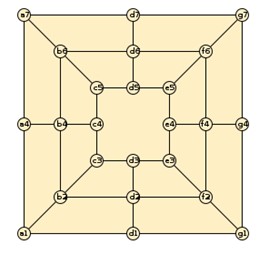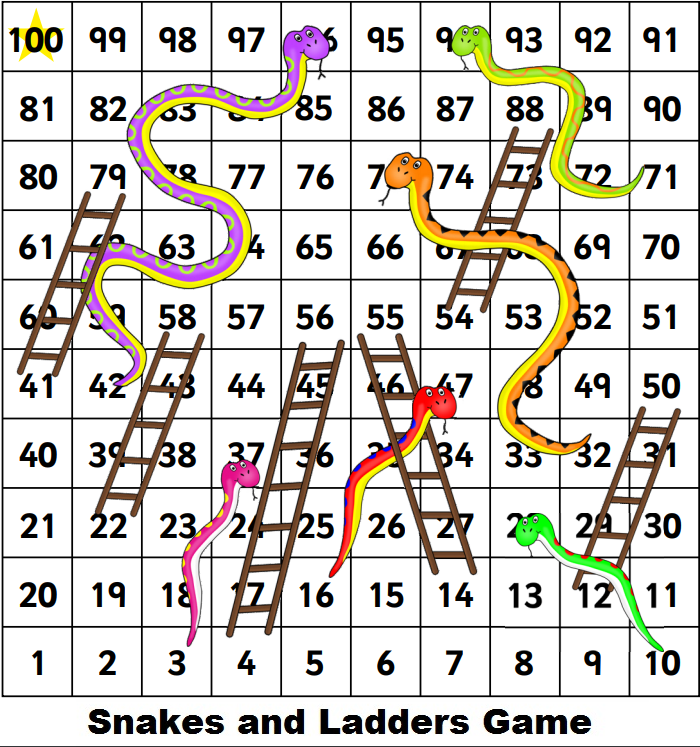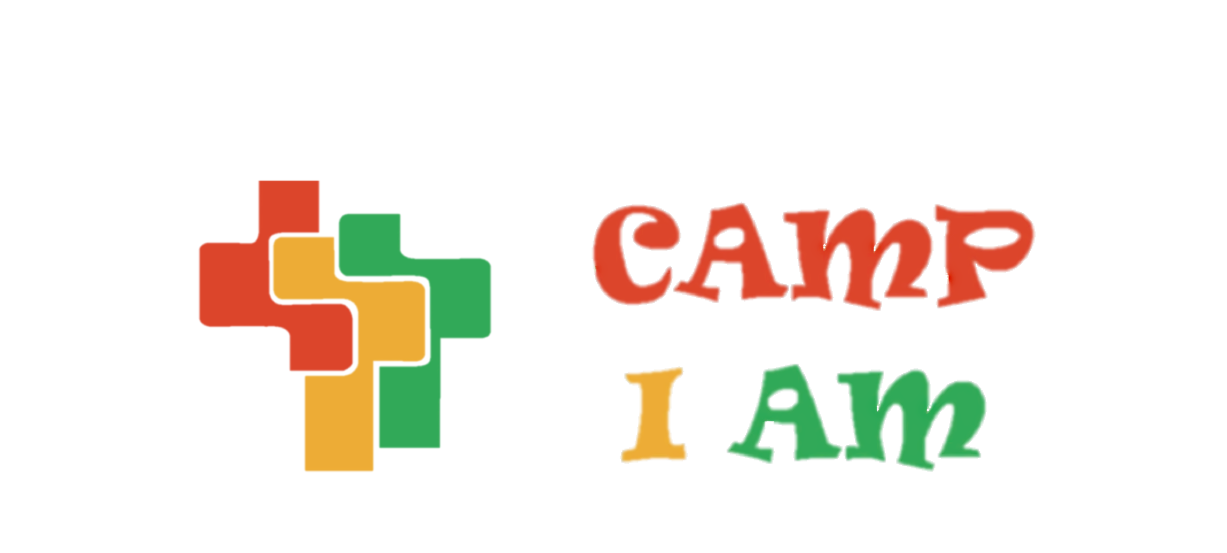The Power of Word Recognition: Enhancing Reading Skills

Think back to when you were a child, when you read your first book or story, and remember how you felt. Reading took you on a journey into the world of the characters, and to go on that journey, you had to understand the words you were reading.
Reading is an essential skill that opens the doors to knowledge and imagination. It is similar to exercise, such as running, playing soccer, swimming, or dancing: the more you do it, the better you become. Learning how to read also involves a step-by-step process. This includes mastering phonics, word recognition, and comprehension, which ultimately lead to fluency—reading with accuracy, speed, the ability to recognise and break up words, and to read with expression.
To understand why word recognition is crucial for becoming a skilled reader and discover fun reading activities for children in Grades 4-6, keep reading.
When a child
can recognise
the words they
are reading,
they are
able to read
quicker, reduce
the time
they would
spend figuring
out the
meanings of
words, and focus
on the content.
Word Recognition and Reading
Word recognition is the ability to identify and understand words in written text. It involves breaking down words into sounds, recognising words instantly based on their visual appearance, identifying familiar words that were encountered in various texts; and being able to recall and apply these words in the current context.
When a child can recognise the words they are reading, they are able to read quicker, reduce the time they would spend figuring out the meanings of words, and focus on the content. Word recognition also enhances vocabulary development and deepens understanding of written text, both of which contribute to a child’s fluency as a reader. In fact, a fluent reader has a wide range of words that they are able to automatically recognise, such as sight words, which are words learnt by seeing or memorising, not by sounding them out. At the same time, the ability to recognise a word involves several skills. These include understanding the structure, rules, and patterns of the language (language structure); phonics, spelling, and writing in the language (orthography); and the ability to think about the language and make informed guesses about words (metalinguistic skills).
Each language
has its own
unique language
structure,
rules, and
processes.
Children whose
home language
is not English
may spell
and pronounce
words differently in
English due to
the differences in
phonemes
between their
mother tongue
and English.
South Africa has 11 official languages: isiZulu, isiXhosa, Afrikaans, English, isiNdebele, Sepedi, Sesotho, Setswana, siSwati, Tshivenda, and Xitsonga. Each language has its own unique language structure, rules, and processes. (In May 2023, the National Assembly approved a Bill to amendment section 6 of the Constitution, to include South African Sign Language as the twelfth official language.) isiZulu has 28 phonemes, isiXhosa has 34, and Afrikaans has 40, while English has 44 phonemes. A phoneme is the smallest sound in a language that can change the meaning of a word.
In Grades 1-3, learners are taught in their home language (mother tongue). Then in Grade 4, in the majority of schools, the language of learning and teaching (LoLT) switches to English. And children whose home language is not English may spell and pronounce words differently in English due to the differences in phonemes between their mother tongue and English. They face unique challenges as they navigate between multiple languages, and the LoLT.
Incorporate
words from
the Grades 4-6
curriculum.
Strategies for Improving Word Recognition Skills
Teachers are stretched to the limit. Along with teaching classes, complete forms, and more. And it is challenging to give individual attention to each child, especially when each subject is presented in a 30-minute block of time. Parents also face their own challenges: unemployment, insufficient time at home after a long day’s work, and more.
So what can you do to boost your primary school child’s reading and comprehension? Interactive reading strategies, such as games, can enhance word recognition and meaning-making. Incorporate words from the Grades 4-6 curriculum. This phase covers a wide range of subjects, including: English, Life Skills, Mathematics, Natural Sciences, Social Sciences, and Home Language or First Additional Language.
Tips for Teachers and Parents to Use Word Recognition in Teaching Reading
- Do phonics and sight word practice.
- Provide a variety of reading material that allows the child to encounter words in different contexts. This can include books, comics, short stories, newspaper articles, and even the messages inside the chappies wrapper.
- Have the child read aloud, explain what they read, and indicate the words they did not understand.
- Create an environment that enriches and encourages their desire to read more, on their own, and helps build their word recognition skills.
- Create a word wall with words from their textbooks.
- Play word recognition and word building games, such as Scrabble.
- Encourage the child to read for enjoyment.
Games: Teaching resources to enhance word recognition, vocabulary, and speed

Fishing
Needs: A list of words, paper, scissors, coloured pens or crayons.
Preparation: Draw fishes and colour them in. Write words on the back of each fish (write in pencil so that you can change the words).
Play instructions:
- Choose 10 words to use
- Draw different sizes of fish to represent different species (relates to natural science) and on each write a word. Assign a value to each word depending on the complexity of the word, Do a mix of sight words and words from the curriculum. For example the word “come” is 5 points, and the word “(get from list) is 10 points.
- Put the “fishes” in a bowl.
- Put Prestik on a pencil.
- Each child gets a turn to play
- The child with the most points wins.
Good Job!

Morabaraba
Needs: Morabaraba board.
Preparation: Select a number of words and make small tiles for each word. Set up the Morabarara board.
Play instructions:
- Place word tiles on the intersecting points of the board
- Remove one tile from the board, say the word aloud.
- Move across the board in the direction of the lines.
- If there are 2 players, each takes a turn. If a player says the word incorrectly, they must put the tile back, and the next player gets a turn. The player with the most tiles wins.
Good Job!

Hopscotch
Needs: Draw a 10-square hopscotch board.
Preparation: Choose 10 words from your child’s textbooks. Write one word on each card and place a card in each of the boxes.
Play instructions:
- From the home plate, throw a stone into square one.
- Hop to square one on one leg, pick up the card, say the word, and explain.
- Hop to the next square, say the word and explain.
- Miss a turn if you can’t read the word. Go back to square 1.
- At square 10, hop back to square 1 on the opposite leg.
- Win by reaching square 10 without missing a word.
Good Job!
Some sight words
Words from Across the Curriculum
ability noun the power to do something; the quality of being able; skill or talent
apex noun the highest point; tip
coastal noun of, at, or near a coast
conflict verb to disagree strongly; differ
noun strong disagreement/bad feeling between people
dialogue noun a talk between two/more people or between characters in a play/film/novel
difference noun the result of a subtraction operation.
factory noun a building/set of buildings where products are made by machines
global adj of the whole world; world wide
illegal adj against the law or rules; not lawful
numeric adj of or having to do with numbers
Snakes and Ladders
Needs: A dice and game board worksheet. A list of words from the curriculum.
Play instructions:
- Assign one word to each box.
- Roll the dice. Move your counter the number of spaces shown on the dice. If your counter lands at the bottom of a ladder, you can move up to the top of the ladder.
- Say the word in the square that your counter landed on.
- If your counter lands on the head of a snake, you must slide down to the bottom of the snake.
- The first player to get to the space that says ‘home’ is the winner.
- Alternatively, each player that gets to the space that says ‘home’ is the winner.

And finally, reading is a journey, and word recognition is an important part of it. As the saying goes: “Knowledge is like a garden. If it is not cultivated, it cannot be harvested.”
Yours in Education,
KC2
3 Comments
-
MARCIA says:
Thanks for sharing. The tools are low-tech which are accessible for parents/guardians/teachers in resource poor environments.
-
Heidi says:
Reading and speaking is not just phonics, it’s a part of our identity, it pushes us forward by understanding what we’ve read and each other. It forms the basis building block for progression. It protects us from evil when we’re allowed to listen to something and say ‘no we don’t like that’, it allows us to express ourselves and gives us permission to talk.
In Africa reading and having a voice is undeniably so closely linked to survival; survival of self, survival of languages, survival of communities.
Leave a Reply Cancel reply
This site uses Akismet to reduce spam. Learn how your comment data is processed.


This is a beautiful, informative and non-intimidating blog! I especially like the squares with key phrases that prompt the reader to keep reading. The creator is evidently an educator and a parent.